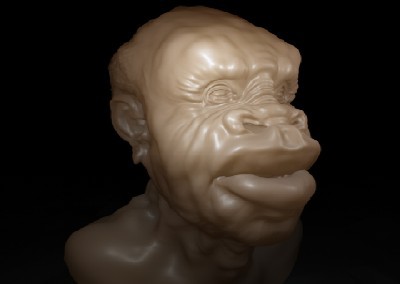Implementing a Practical Renderman Skin Shader
This paper presents a simple method for implementing a practical skin shader for use within a production pipeline. The method enables effects that BRDF (see introduction) models cannot capture, such as subsurface light transport within the skin. The model was designed with the purpose of providing a practical skin shader to be easily integrated into a production pipeline.
The Unknown Nature of Light

The purpose of this project is to study how light behaves in different time and space scales, as well as in frequencies of the spectrum that are not visible to the human eye. There are optical phenomena, such as Doppler shift, which humans can not easily observe because of the extremely high speed of light. But as the technology of computer graphics has evolved over the last few decades, it is possible to simulate and visualise some of those phenomena. In this report, the practical techniques and the theory needed to simulate such phenomena in computer graphics is presented. In one case, a detailed implementation is given for the Doppler shift. On the other hand, a theoretical discussion explains the advantages and disadvantages of different ways to implement simulations like bending of light near strong gravitational fields and also the delay of visual perception because of the finite speed of light.
The Mental Ray Experience

The work for my Innovations project comes under two broad categories. My first idea was to look at the use, authoring and implementation of mental Ray shaders. As work on the project progressed, my work was more focussed upon skin and the techniques used in 3d computer graphics to represent it.
